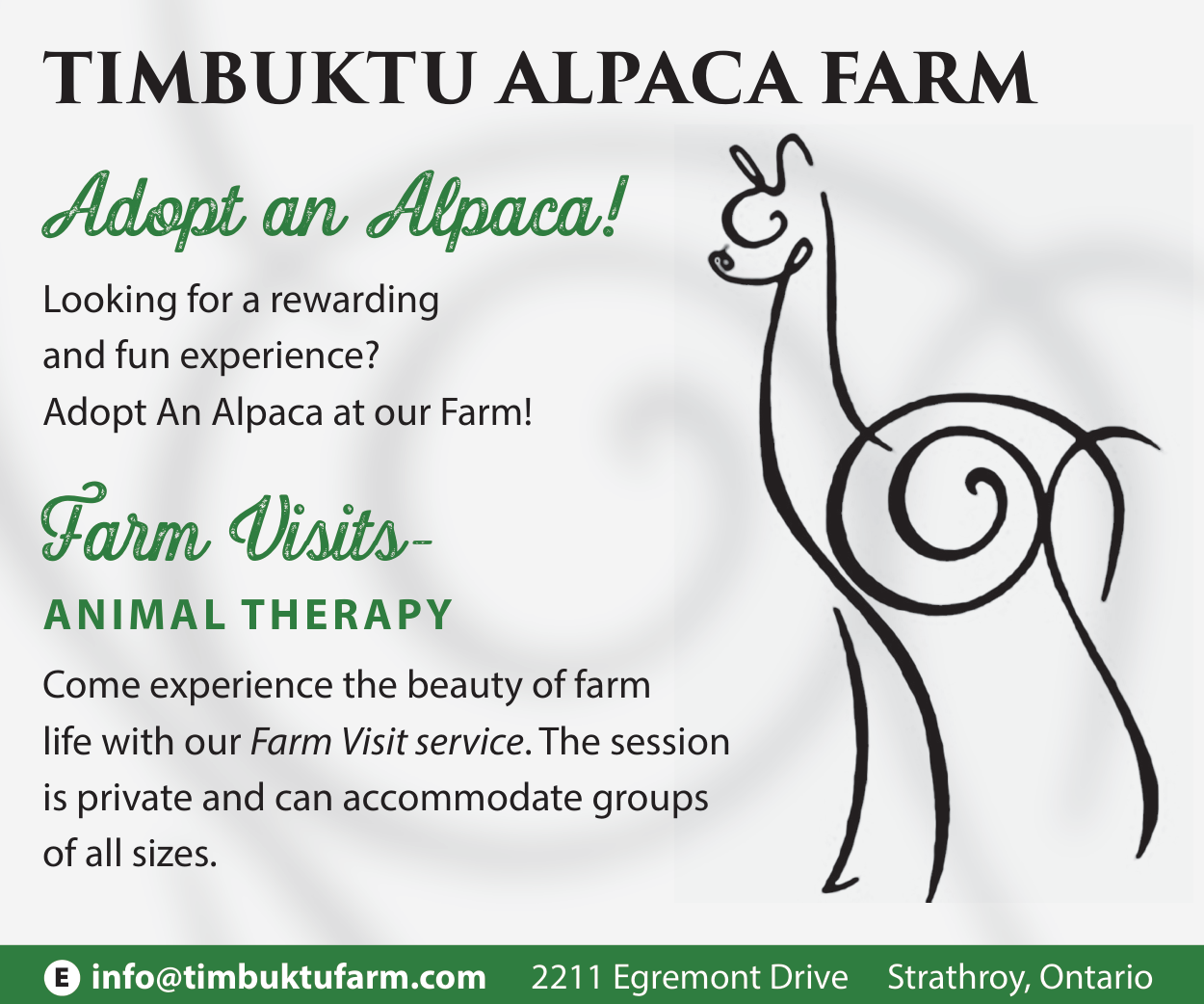Gait Abnormalities in Early Development
Children often develop abnormal gait patterns while they learn to walk. This can result from impaired strength, decreased or increased range of motion, leg length discrepancy, proprioception, pain or balance issues. Most abnormalities are outgrown, but some can become adaptations that lead to problems later. Your paediatrician is a good resource for diagnosing gait and ruling out serious medical conditions. After a detailed medical history and a physical examination, they may advise you to monitor development, suggest physical therapy, orthotic intervention or additional tests.
The most common abnormalities are in-toeing and out-toeing. When the feet are turned inward the child is in-toeing; out-toeing occurs when the feet are turned outward. Metatarsus Adductus is a flexible ‘c-shaped’ foot with the forefoot turned inwards. None should cause pain and they often resolve on their own.
Flat Feet, pes planus, occurs commonly as the bones, muscles and ligaments aren’t fully developed until age six. The entire foot touches the floor when standing. If your child is not experiencing pain, and has no other genetic or structural diagnoses, there is no cause for concern. If the child feels pain or trips more than normal, custom arch supports (foot orthotics), supportive footwear or physiotherapy may be recommended.
Toe walking is often seen in children learning to walk. If this persists after the age of three or your child spontaneously begins to walk on their toes, speak to your paediatrician. Persistent toe-walking may be caused by tight calf muscles, sensory or neuromuscular disorders, and may be a sign of developmental dysplasia of the hip or a leg length discrepancy. Treatment may involve observation, physical therapy, orthotic bracing or surgery.
Bowleggedness (genu varum) occurs when the legs curve outward at the knee, while knocked knees (genu valgum) is the opposite, occurring when the knees tilt inward while the ankles stay spaced apart. Both are common in developing children. Talk to your doctor if this persists past age six or causes pain.
If you’re concerned with your child’s walking, speak to your paediatrician who will guide you in the right direction. Book a complimentary consultation with our orthotists. We can assess your child, providing tools or resources to get your child on the path to success!
The Custom Orthotics Team (519) 850-4721 | office@customorthoticsoflondon.com | @cool_bracing














